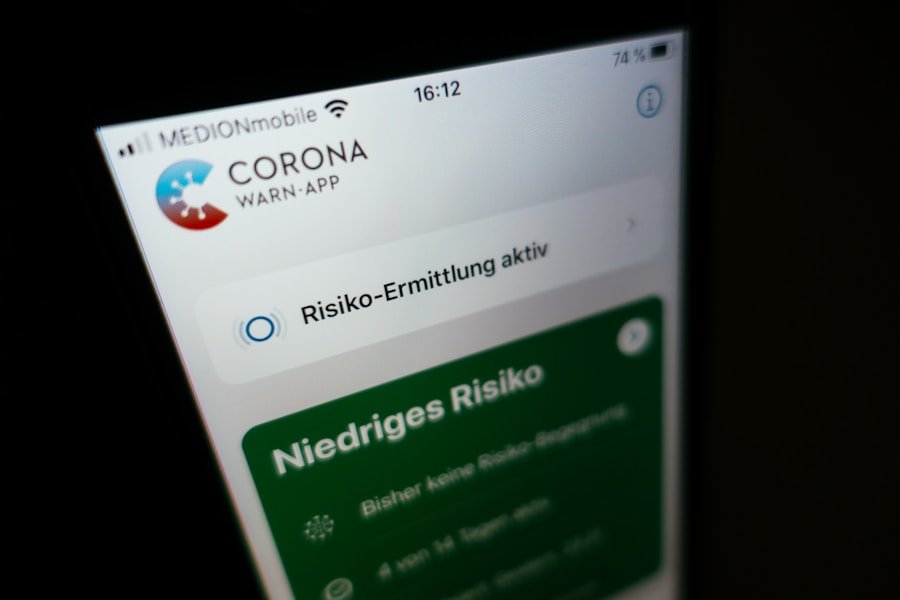The proliferation of smart home devices in recent years has led to a surge in the exploitation of botnets to compromise these devices. Botnets are networks of internet-connected devices infected with malware, allowing cybercriminals to remotely control them. These botnets can be utilized to launch large-scale attacks on websites, servers, and other internet-connected devices.
The increasing popularity of smart home devices, such as thermostats, security cameras, and refrigerators, has raised concerns about the potential for botnet attacks on these devices. As the number of devices connected to the internet continues to grow, the risk of botnet attacks on smart home devices has increased. A notable example is the 2016 Mirai botnet attack, which caused a massive distributed denial-of-service (DDoS) attack that disrupted internet services for millions of users.
The Mirai botnet compromised hundreds of thousands of Internet of Things (IoT) devices, including webcams and routers, and utilized them to launch a coordinated attack on a major DNS provider. This incident highlighted the vulnerability of smart home devices to botnet attacks and raised concerns about the security of these devices.
Key Takeaways
- Botnets are a growing threat to smart home devices, with the potential to compromise security and privacy.
- Understanding how botnets can take control of your smart devices is crucial for protecting your home and personal information.
- Securing your smart home devices with strong passwords, regular updates, and network monitoring is essential for preventing botnet attacks.
- Botnet attacks on smartphones and smart homes can lead to data breaches, identity theft, and even physical safety risks.
- The future of botnet attacks is uncertain, but legislation and regulation are key to addressing the growing threat to smart devices.
Understanding the Threat: How Botnets Can Compromise Your Smart Devices
The Threat of Botnets to Smart Home Devices Botnets pose a significant threat to smart home devices, as they can be used to launch a variety of attacks, including DDoS attacks, data theft, and surveillance. Once a device is infected with malware and becomes part of a botnet, it can be controlled remotely by cybercriminals and used to carry out malicious activities without the knowledge of the device owner. This can lead to serious privacy and security concerns for users of smart home devices.
Vulnerability of Default and Weak Passwords
One of the ways that botnets can compromise smart home devices is through the use of default or weak passwords. Many smart home devices come with default passwords that are easy for cybercriminals to guess or crack. Once a device is compromised, it can be used to spread malware to other devices on the same network, creating a larger botnet that can be used to launch more powerful attacks.
Software and Firmware Vulnerabilities
In addition to weak passwords, vulnerabilities in the software and firmware of smart home devices can also be exploited by cybercriminals to compromise these devices and add them to a botnet.
Protecting Your Smart Home: Tips for Securing Your Devices
There are several steps that smart home device owners can take to protect their devices from botnet attacks. One of the most important steps is to change the default passwords on all smart home devices to strong, unique passwords that are difficult for cybercriminals to guess or crack. In addition, it is important to keep all software and firmware on smart home devices up to date with the latest security patches and updates.
This can help to prevent cybercriminals from exploiting known vulnerabilities in the software or firmware of these devices. Another important step in protecting smart home devices from botnet attacks is to secure the home network with a strong password and encryption. This can help to prevent unauthorized access to the network and reduce the risk of devices being compromised by cybercriminals.
It is also important to regularly monitor the network for any unusual activity or signs of a botnet infection, such as slow internet speeds or unusual network traffic. By taking these steps, smart home device owners can help to protect their devices from botnet attacks and reduce the risk of their personal information being compromised.
The Dangers of Botnet Attacks on Smartphones and Smart Homes
Botnet attacks on smartphones and smart homes can have serious consequences for users, including data theft, surveillance, and disruption of internet services. In addition to compromising personal information, botnet attacks can also be used to launch large-scale attacks on websites and servers, leading to widespread disruption for internet users. This can have a significant impact on businesses and organizations that rely on internet services to operate, as well as individual users who depend on the internet for communication, entertainment, and other activities.
One of the dangers of botnet attacks on smartphones and smart homes is the potential for surveillance and data theft. Once a device is compromised by a botnet, cybercriminals can use it to monitor the activities of the device owner, including their internet browsing habits, online purchases, and even conversations. This can lead to serious privacy concerns for users and may result in the theft of sensitive personal information.
In addition, botnet attacks can also be used to steal financial information, such as credit card numbers and banking credentials, which can lead to financial loss for users.
The Role of IoT in Botnet Attacks
The Internet of Things (IoT) has played a significant role in the rise of botnet attacks on smart devices. IoT devices are designed to be connected to the internet and often come with default passwords and vulnerabilities that make them easy targets for cybercriminals. In addition, many IoT devices are not designed with security in mind and may lack basic security features such as encryption and authentication.
This makes them vulnerable to exploitation by cybercriminals who can use them to create botnets and carry out malicious activities. The proliferation of IoT devices has also made it easier for cybercriminals to create large-scale botnets that can be used to launch powerful attacks on websites, servers, and other internet-connected devices. With millions of IoT devices connected to the internet, cybercriminals have a large pool of potential targets that they can exploit to create botnets and carry out attacks.
This has led to an increase in the frequency and severity of botnet attacks on smart devices, posing a significant threat to users and organizations that rely on these devices for their daily activities.
The Future of Botnet Attacks: What to Expect
The Growing Threat of Large-Scale Botnet Attacks
In addition, as more devices become connected to the internet, the potential for large-scale botnet attacks on websites and servers will continue to grow, posing a significant threat to internet users and organizations.
The Role of Artificial Intelligence in Botnet Attacks
One potential future trend in botnet attacks is the use of artificial intelligence (AI) and machine learning techniques by cybercriminals to create more sophisticated and powerful botnets. AI and machine learning can be used to automate the process of infecting devices with malware and coordinating attacks, making it easier for cybercriminals to create large-scale botnets that are capable of launching more powerful attacks.
The Consequences of Increased Botnet Attacks
This could lead to an increase in the frequency and severity of botnet attacks on smart devices, posing a significant challenge for device owners and cybersecurity professionals.
Legislation and Regulation: Addressing the Threat of Botnets in Smart Devices
In response to the growing threat of botnet attacks on smart devices, governments around the world have begun to take action to address this issue through legislation and regulation. In the United States, for example, the Internet of Things Cybersecurity Improvement Act was signed into law in 2020 with the aim of improving the security of IoT devices and reducing the risk of botnet attacks. This legislation requires federal agencies to follow specific guidelines for securing IoT devices and prohibits the use of default passwords in these devices.
In addition to legislation, governments have also been working with industry stakeholders to develop voluntary guidelines and best practices for securing smart home devices from botnet attacks. These guidelines often include recommendations for device manufacturers, service providers, and consumers on how to improve the security of smart home devices and reduce the risk of botnet infections. By working together with industry stakeholders, governments can help to raise awareness about the threat of botnet attacks on smart devices and encourage best practices for securing these devices from cybercriminals.
In conclusion, the rise of botnets in smart home devices poses a significant threat to users and organizations that rely on these devices for their daily activities. By understanding the threat posed by botnets, taking steps to protect smart home devices from these attacks, and working together with industry stakeholders and governments to address this issue through legislation and regulation, it is possible to reduce the risk of botnet attacks on smart devices and improve the security of IoT devices in the future.
FAQs
What is a botnet?
A botnet is a network of internet-connected devices that have been infected with malware and are controlled by a single entity, usually for malicious purposes.
How do botnets take control of devices?
Botnets take control of devices by infecting them with malware, often through phishing emails, malicious websites, or software vulnerabilities. Once infected, the devices can be remotely controlled by the botnet operator.
What devices can be targeted by botnets?
Botnets can target a wide range of devices, including smartphones, computers, routers, smart TVs, and other internet-connected devices commonly found in smart homes.
What are the risks of botnets taking control of devices?
The risks of botnets taking control of devices include unauthorized access to personal information, theft of sensitive data, disruption of services, and even participation in large-scale cyber attacks.
How can I protect my devices from botnets?
To protect your devices from botnets, it is important to keep your software and firmware up to date, use strong and unique passwords, enable two-factor authentication, and be cautious of suspicious emails and websites. Additionally, using reputable security software can help detect and prevent botnet infections.













